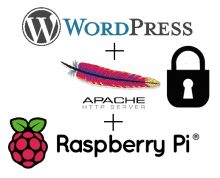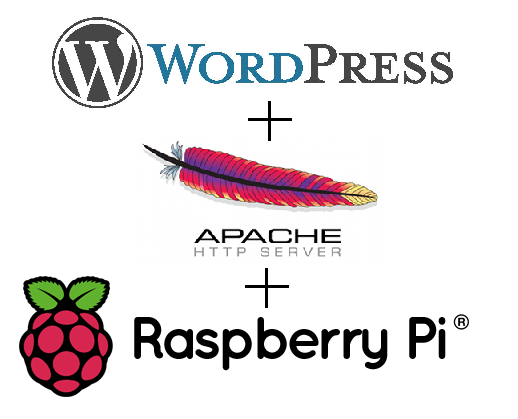A More Secure Wordpress Setup for Raspberry Pi
In my previous tutorial for installing Wordpress on a Raspberry Pi, I showed how to do a "quick and dirty" installation, by changing ownership of the whole Wordpress installation folder to the web server process (www-data). This gets the job done, because Wordpress is able to make changes to its own configuration files, themes and plugins.

 This tutorial will show you how to take a vanilla Raspbian image and turn it into a HTTP server hosting one or more WordPress website. I’ve previously written
This tutorial will show you how to take a vanilla Raspbian image and turn it into a HTTP server hosting one or more WordPress website. I’ve previously written